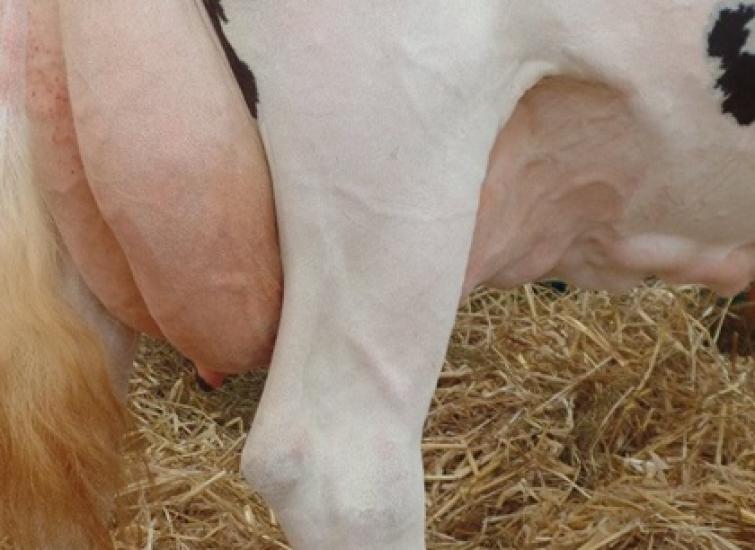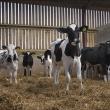Mastitis – Prevention Better Than Cure
Mastitis is a huge problem for UK dairy farmers not just from a loss in production, but it also impacts on the animals’ welfare. It’s estimated to be costing the industry £170 million in the UK and it also means an increased amount of antibiotics going into the food chain. So, what can be done about mastitis in dairy cows?

Healthy animals are central to everything we do at Advanced Nutrition and therefore we believe that a preventative approach is the best way to tackle mastitis.
The key to prevention is monitoring. Set up a good monitoring system with your Nutritionist or farm vet to find out where the cause of the mastitis is coming from, so that you can act on it accordingly. We’d suggest looking at three main groups:-
- Dry period
- Early lactation
- Occurring within 0 - 30 days into milk
- Occurring within 31-60 days into milk
- Lactation mastitis – after 60 days in milk
Trials have shown that occurrence of clinical mastitis can have a negative effect on fertility efficiency. The study, (noted in the Journal of Dairy science Vol.99 No. 6 2016) stated that the SCC in early lactation was shown to have an influence on the probability of pregnancy much deeper into lactation. It also went on to highlight that cows with elevated SCC at 31 to 60 days in milk may be cows with persistent mammary infections, requiring a more prolonged recovery.
Once your groups are identified, the next step is to find out whether the mastitis comes from the cows' environment or if it is being spread contagiously through the milking parlour. You can identify this through individual analysis of milk, sampled from infected cows before treatment, or a collective sample from 10 cows with SCC between 400-800,000 sent to a laboratory for a full analysis.
Looking at the cow’s environment and diet, here are a few tips to help prevent mastitis:-
- Ensure that you assess ventilation in your sheds. Even in winter it’s essential to provide clean, fresh air. This way you are reducing the likelihood of bacterial pathogens lingering in the air.
- Keeping cubicles clean and dry is really important in the prevention of mastitis. A product such as Stalosan F, which contains active ingredients proven to kill pathogens including E-Coli, will help to keep cubicles clean.
- Ensure that the cows are fed the correct minerals in their diet. Teat closure would normally occur 20 minutes after milking and a lack of calcium, for example may cause the teat to stay open for longer and let bacteria in.
- Selenium and Vitamin E drive the immune function system within the cow
- Consider how the dry cow diet could prevent mastitis. It has been scientifically proven that cows with milk fever are 5.4 times more likely to have clinical mastitis. Milk fever is a deficiency in blood calcium at calving. We strongly recommend feeding X-Zelit to your close up dry cows as a preventative method. It’s simple to use and it works.
- Reduce the effects of negative energy balance destroying the cows immune system in early lactation
If you require any further information on preventing mastitis within your herd, then please get in touch with your Ruminant Specialist.
〈 BACK














